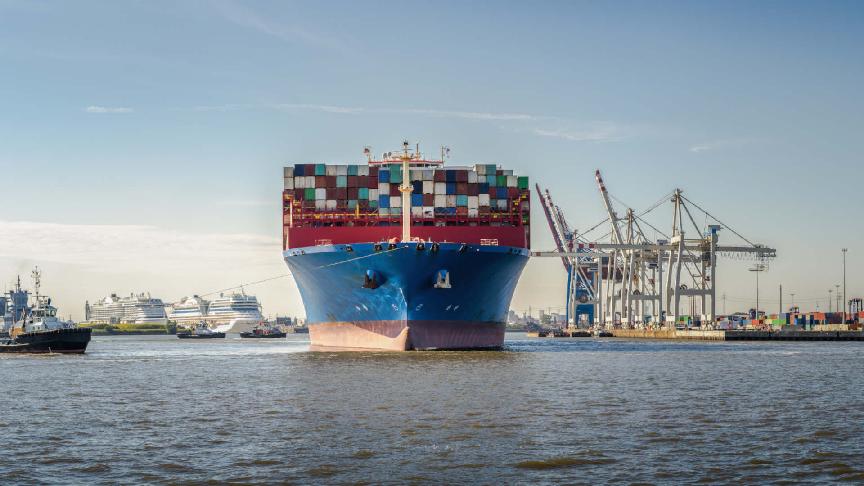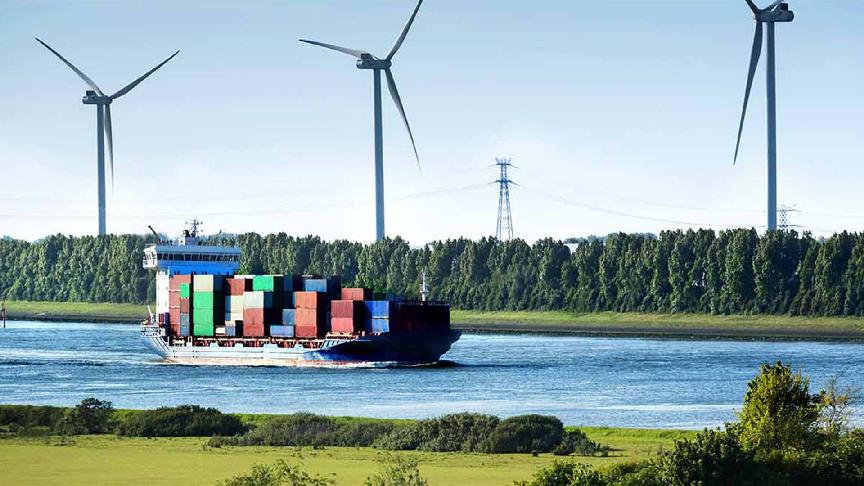28 August 2024 (Lloyd's List) - THERE will likely be another drought before the Panama Canal secures a new long-term water source. When it happens, the waterway will be better prepared than it was in 2023-2024. That was the promise from Ricaurte Vasquez, administrator of the Panama Canal Authority (ACP), during a roundtable discussion with journalists on Monday.
The proposed $2bn Rio Indio Reservoir project, the “most efficient” long-term solution for water availability, will take five years to complete, and hasn’t been approved yet.
The plan is controversial, requiring relocation of residents who live in the project site. “A timeline of five years assumes you get the mandate and the support from the community to move forward,” cautioned Vasquez.
Even in the best-case scenario for the project, the Panama Canal will probably suffer another drought before the new reservoir comes online.
“We will be prepared for another drought, which we expect within the next four year,” said Vasquez. “Bear in mind that we had a drought in 2016, 2019 and then in 2023. The frequency is faster now than in the past. There is a different pattern of El Nino and La Nina, and a different pattern of rainfall.”
Droughts typically compel the ACP to hike draught restrictions beyond normal seasonal draught limits. The latest drought was so severe that draught reductions alone wouldn’t work – it necessitated transit cuts. “We have never used transit restrictions in the past,” he noted.
In the next drought, “we have to go back to the experience we had this year. First, draught restrictions, and then, if we have to rely on them again, restrictions on the number of transits, [communicated] way in advance.”
The shipping industry was caught off guard by transit limits in the latest drought, which forced widespread rerouting of containerships, bulkers, very large gas carriers and liquefied natural gas carriers around the Cape of Good Hope.
The keys to averting similar disruptions when the next drought ensues: the ACP’s ability to provide better schedule reliability, to maximise water efficiency and utilisation, and to enhance its information flow.
“From the operational standpoint, we now have more data and a better grasp of how to handle our water capabilities,” affirmed Vasquez.
“The lessons learned from this drought are about having more information and managing that information, making sure our hydrologists speak to our operational guys, and that our market guys understand what to say to our customers. The flow of information has improved significantly and that should continue. We are not complacent.”
Full recovery on track
The effects of the historic 2023-2024 drought crisis are waning. The Gatun Lake water level is now at 85.8 feet (26.1m), with expectations for it to rise to 88ft (26.8m) by the end of the rainy season in November.
Allowable vessel draught is back to normal at 50ft (15.24m). There are now 35 transits slots per day, up from a low of 24, with a full return to the normal 36 slots just days away, on September 1.
Vessel traffic will recover with a lag, said Vasquez.
“It is the market that responds to this, not something you see immediately. Assigning vessels and assigning contracts is a process and the lead time associated with that is critical. So, if it took about four to five months for the market to adjust downward, we’re assuming it will take five to six months for the market to readjust upwards.”
Monthly transit data for July shows that neopanamax containerships have fully recovered from transit restrictions, and that VLGC traffic has largely recovered. Panamax bulker transits are still down, and liquefied natural gas (LNG) traffic via the neopanamax locks remains sharply down.
“For LNG shipping, reliability and having a specific price was critical,” said Vasquez. “Time is more critical to them than anything else.”
The ACP’s new long-term slot reservation programme is geared toward giving LNG shipping customers, in particular, more certainty on transits starting in 2025.
ACP to meet its FY24 net income target
One might have predicted that the ACP would fall short of its profit target this fiscal year as a result of unprecedented transit restrictions. Not so, according to Vasquez.
The loss of revenue from transit restrictions was offset by “windfall revenue” during October-December 2023 from congestion surcharges (the ACP’s fiscal year runs from October to September). Expenses have also been reduced.
As a result, “net income is going to be very much in line with what we proposed in our budget, even though the composition of revenues and expenses is somewhat different”, he said.
The budget for the next fiscal year, which was just submitted to Panama’s congress, assumes improved results through an anticipated average of 34-35 transits per day compared to a budgeted average of 30 transits per day in the current fiscal year (actual transits have been much lower, averaging 26.3 per day in October 2023-July 2024).
“We feel very comfortable that we will meet our targets for 2025. We believe the operation is going back to normal,” Vasquez said. “We also think vessel composition is moving toward larger vessels, so we will get more volume per transit compared to the previous year.
“Now, if you look beyond 2025, we are very cautious. The climate cycles are more frequent and we have to take that into account when we present our long-term view, because as I said, the chances are that within the new four years, we will have another El Nino – and we remain rainfall dependent.”







